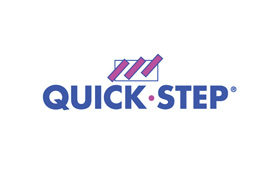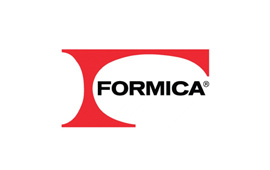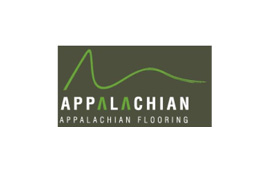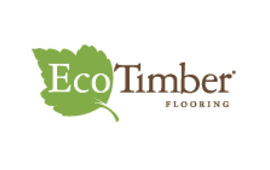XYLAN & ARABINOXYLAN (100 Assays per Kit) or (1000 Microplate Assays per Kit) or (1300 Auto-Analyser Assays per Kit) © Megazyme International Ireland 2012 INTRODUCTION:In nature, D-xylose occurs mainly in the polysaccharide form as xylan, arabinoxylan, glucuronoarabinoxylan, xyloglucan and xylogalacturonan. Mixed linkage D-xylans are also found in certain seaweed species and a similar polysaccharide is thought to make up the backbone of psyllium gum. Free D-xylose is found in guava, pears, blackberries, loganberries, raspberries, aloe vera gel, kelp, echinacea, boswellia, broccoli, spinach, eggplant, peas, green beans, okra, cabbage and corn. In humans, D-xylose is used in an absorption test to help diagnose problems that prevent the small intestine from absorbing nutrients, vitamins and minerals in food. D-Xylose is normally easily absorbed by the intestine. When problems with absorption occur, D-xylose is not absorbed and blood and urine levels are low. A D-xylose test can help to determine the cause of a child's failure to gain weight, especially when the child seems to be eating enough food. If in a polysaccharide, the ratio of D-xylose to other sugars etc. is known, then the amount of the polysaccharide can be quantitated from this knowledge plus the determined concentration of D-xylose in an acid hydrolysate. Xylans are a major portion of the polysaccharides that could potentially be hydrolysed to fermentable sugar for biofuel production.







